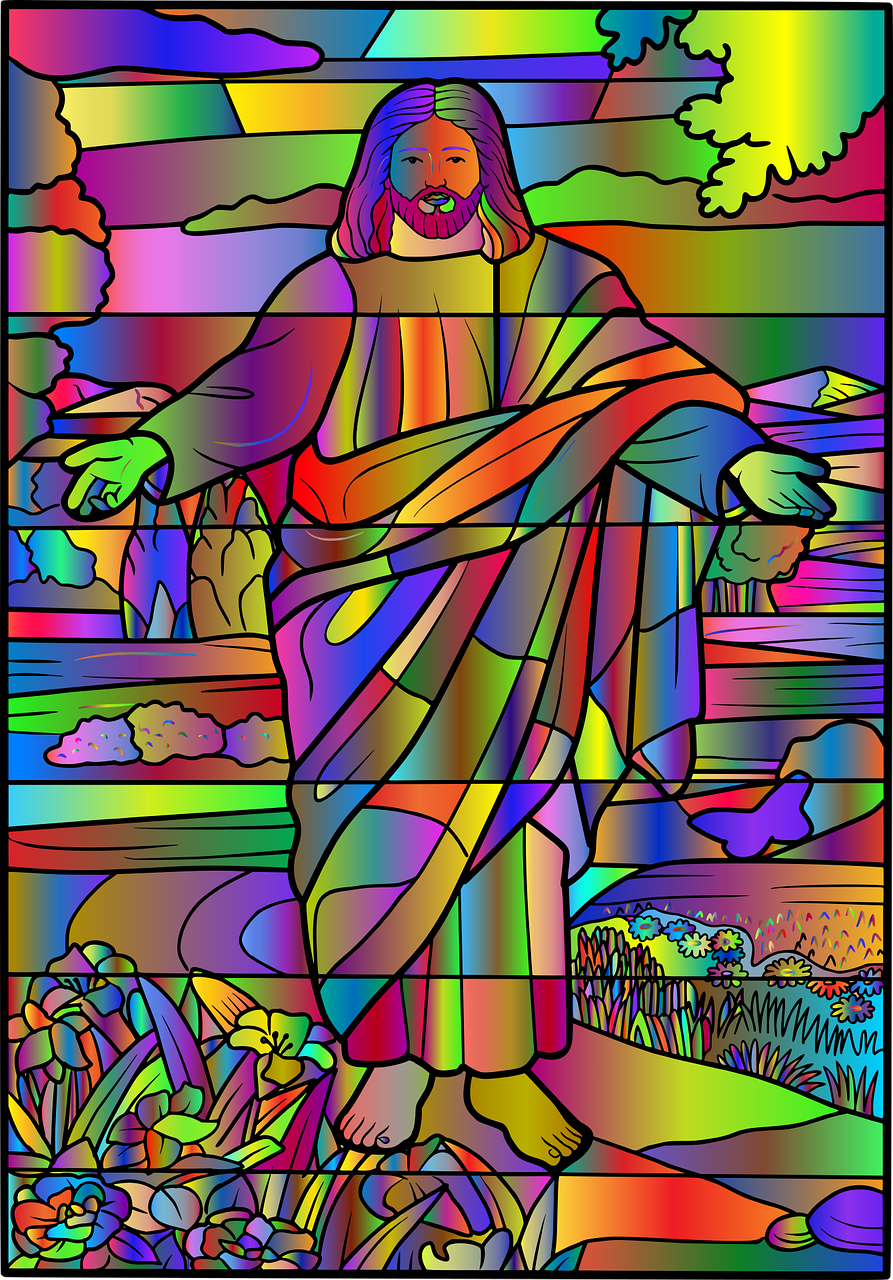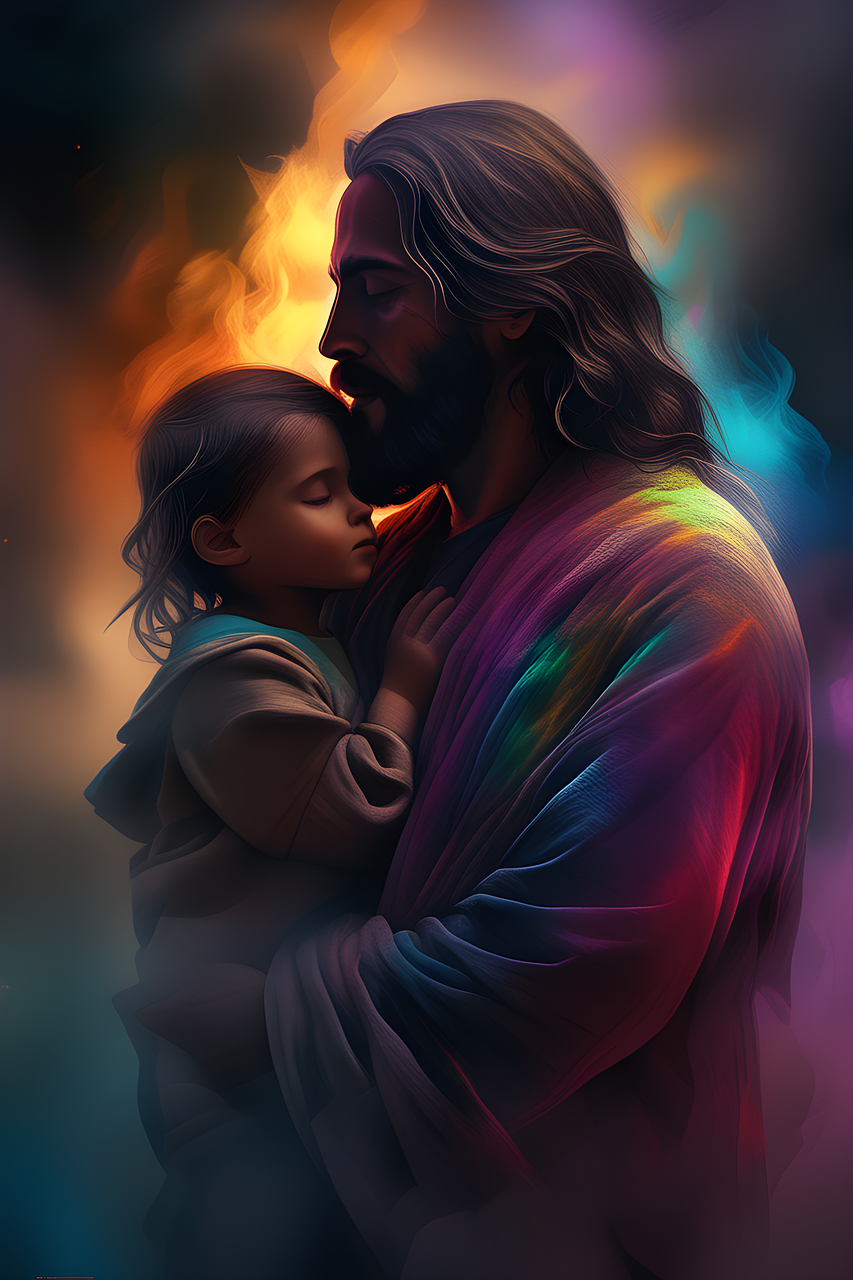In Genesis 8, we witness a significant event in the Old Testament known as the story of Noah’s Ark. This captivating narrative begins with God’s decision to bring a flood upon the earth due to the wickedness and corruption that had consumed humanity. However, God found favor in Noah and his righteousness, instructing him to build an ark to save himself, his family, and a pair of every kind of animal.
As the rains poured down, the floodwaters covered the entire earth for an astonishing 150 days. But eventually, God caused the rain to cease, and the waters gradually receded. After months of being enclosed within the ark, Noah sent out a raven, followed by a series of doves, to search for dry land. Finally, when the dove did not return, Noah knew that the earth was once again habitable.
With the command of God, Noah and his family, along with the animals, emerged from the ark to repopulate the earth. Upon leaving the ark, Noah built an altar and offered sacrifices to God, who made a covenant with Noah, promising to never again destroy humanity and the earth by flood. This covenant was symbolized by the appearance of a rainbow in the sky.
Now, in regards to the Jesus connection, we can find profound parallels between the story of Noah’s Ark and the ministry of Jesus Christ. Both narratives carry important themes of redemption, salvation, and a fresh start for humanity.
Firstly, Noah’s Ark serves as a foreshadowing of the salvation and redemption that Jesus brings. Just as Noah and his family found refuge in the ark, escaping the destruction of the flood, so too can we find refuge in Jesus, escaping the consequences of sin and experiencing the redemption and salvation he offers. Through his death and resurrection, Jesus accomplished what no one else could, offering us eternal life and the opportunity to be reconciled with God.
Secondly, the ark itself can be seen as a type or symbol of Jesus. The ark provided a means of rescue for both the righteous Noah and the animals, just as Jesus provides a way for us to be rescued from the consequences of sin. In the New Testament, Jesus refers to himself as the door or gate, through which we enter to find salvation and eternal life. This connection reinforces the idea that just as Noah and his family found safety within the ark, we find safety and salvation in Jesus.
Furthermore, the covenant that God established with Noah after the flood points to the new covenant established by Jesus through his sacrifice on the cross. In Noah’s case, the rainbow served as a sign of God’s promise. Similarly, Jesus’ death and resurrection ushered in a new covenant between God and humanity, promising forgiveness, reconciliation, and eternal life to all who believe in him. This new covenant fulfills and surpasses the old covenant, offering a deeper and more meaningful relationship with God.
It is important to recognize that while the story of Noah’s Ark highlights these connections to Jesus, it is still a story within the Old Testament, laying the groundwork for the message of redemption and salvation that would be fully revealed in the life, death, and resurrection of Jesus Christ. The story of the flood and the ark serves as a powerful reminder of God’s love, mercy, and faithfulness, which ultimately finds its fullest expression in Jesus.
Genesis 8, Noah’s Ark, Jesus connection, redemption, salvation, covenant, symbolism, Old Testament, New Testament, foreshadowing, biblical parallels, new covenant, reconciliation, eternal life, biblical interpretation



